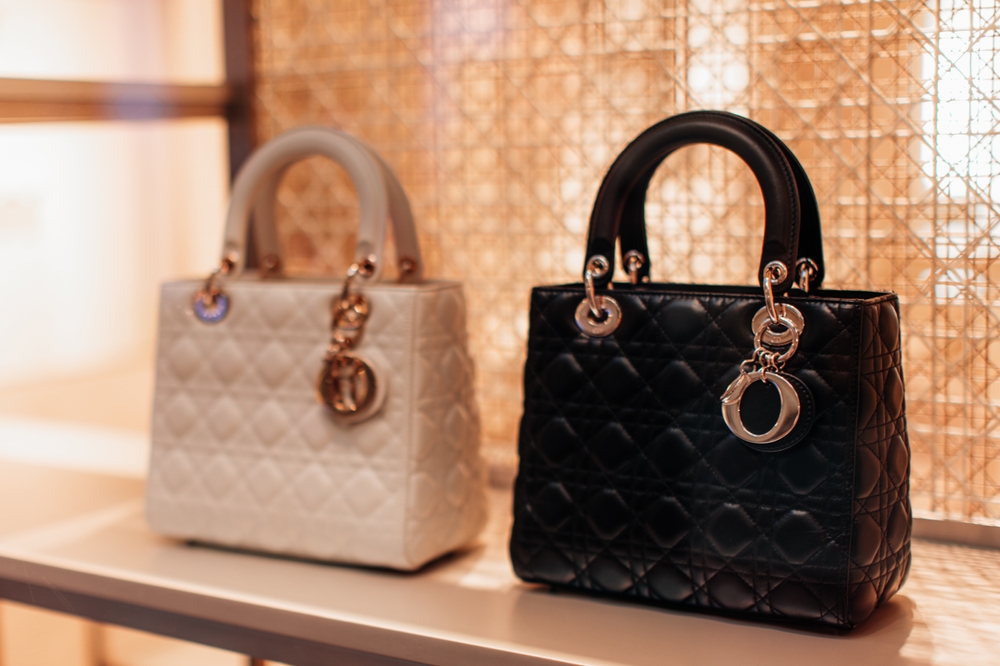This Tech Company Could Be The Next Uber
Its stock looks too cheap.
Technology has managed to replace business trips, visits to the gym, and in-person shopping. But for anyone who has dealt with a leaky faucet or overgrown tree, the Covid era has been another reminder: Good help is hard to find.
Angi (ticker: ANGI) has spent the past 25 years trying to solve the problem. For most of that time, the company used internet ads to match homeowners with prescreened plumbers, carpenters, and landscapers. It was a decent business, but the model stalled during the pandemic. Overworked contractors, faced with overwhelming demand, have had little need to pay for advertising.
Revenue for Angi’s ads and leads business, which is about three-quarters of company revenue, was flat in the latest quarter, even as demand for contractors surged. The company’s stock is down 33% over the past 12 months. But Angi is working on a fix and—in a world of pricey internet stocks—the stock now looks like a bargain.
Angi, which stems from the 2017 merger of Angie’s List and HomeAdvisor, has begun to take a more active role in the relationship between homeowners and contractors. While the company historically left the scene after making an introduction, its new Angi Services segment serves as a soup-to-nuts marketplace. All communication, scheduling, and billing between homeowner and contractor take place via Angi’s platform. Angi gets an undisclosed percentage of each job.
There are more than 500 available services, including plumbing, landscaping, painting, roofing, remodelling, housecleaning, and pest control. Contractors get the benefit of guaranteed jobs at fixed rates, with Angi handling bill collections. Meanwhile, homeowners can easily book appointments via the web or mobile app.
If it sounds like calling a car via Uber or booking a vacation house on Airbnb, that’s part of the plan.
“It’s hard to own a home,” says Angi CEO Oisin Hanrahan. “We want to serve every need a homeowner has and take some of that stress away, while changing the economics” for home-services providers.
While still small, the Angi Services segment is already showing impressive growth, with revenue up 160% year over year in the third quarter, to $117 million.
There’s significant upside from there. Americans spend nearly $600 billion annually on home services. Less than 20% of those jobs begin online, a figure that should quickly increase as a new digitally native generation enters the housing market.
Wall Street analysts expect Angi to report 2021 revenue of $1.68 billion, up a modest 15% from the prior year. That should accelerate as Angi Services becomes more dominant and the legacy business returns to growth.
J.P. Morgan analyst Cory Carpenter expects Angi Services to make up more than 40% of the company’s total revenue by 2025. He sees it growing more than 50% in 2022, versus single-digit growth in the ads and leads business.
“For an investor, it checks a lot of boxes: a large total addressable market, low online penetration, and leading market share,” says Carpenter, who rates Angi stock at the equivalent of Buy.
So far, investors aren’t paying attention. Angi stock trades for just 1.8 times the $2.29 billion in revenue that Wall Street expects the company to generate in 2023. That compares with Angi’s five-year average of more than five times year-ahead revenue. Leading online marketplaces like Airbnb (ABNB), Etsy (ETSY), and Uber Technologies (UBER) fetch an average multiple of 6.1.
Some of Angi’s discount is justified, given its slower projected growth than peers. The company is targeting 15% to 20% annual growth in the coming years.
Large profits aren’t imminent, either. The ongoing rebrand to Angi requires heavy investment spending, as does building out Angi Services in more categories and geographies. Angi is projected to lose $66 million in 2023, before turning profitable on a net income basis in 2024. Hanrahan says he’s comfortable with operating the business at break-even for several years, prioritizing long-term growth over near-term profits. The good news is that Angi has little debt and generates positive cash flow, meaning it should be able to self-finance that growth.
IAC/InterActiveCorp (IAC), the Barry Diller–controlled technology start-up holding company, owns some 85% of Angi shares.
“We see a really great opportunity to build this business into what could be an 800-pound gorilla in the home-services space,” says Lori Keith, portfolio manager of the $8.3 billion Parnassus Mid Cap fund (PARMX), which is Angi’s largest non-IAC shareholder. “You have to take a long-term view as they invest…to achieve greater scale, and then see the [profit] margin inflection down the road.”
Angi doesn’t need an Airbnb-like multiple to deliver significant returns.
Carpenter uses an undemanding sales multiple of three times to come up with a price target of $13 on Angi shares, 58% upside from a recent $8.21.
Like countless other areas of the 21st-century economy, booking home services will increasingly move online. With Angi, investors will have to be patient. But they now have an opportunity to get in on the ground floor.
Reprinted by permission of Barron’s. Copyright 2021 Dow Jones & Company. Inc. All Rights Reserved Worldwide. Original date of publication: Jan 18, 2022.
 Copyright 2020, Dow Jones & Company, Inc. All Rights Reserved Worldwide. LEARN MORE
Copyright 2020, Dow Jones & Company, Inc. All Rights Reserved Worldwide. LEARN MORE
This stylish family home combines a classic palette and finishes with a flexible floorplan
Just 55 minutes from Sydney, make this your creative getaway located in the majestic Hawkesbury region.
Continued stagflation and cost of living pressures are causing couples to think twice about starting a family, new data has revealed, with long term impacts expected
Australia is in the midst of a ‘baby recession’ with preliminary estimates showing the number of births in 2023 fell by more than four percent to the lowest level since 2006, according to KPMG. The consultancy firm says this reflects the impact of cost-of-living pressures on the feasibility of younger Australians starting a family.
KPMG estimates that 289,100 babies were born in 2023. This compares to 300,684 babies in 2022 and 309,996 in 2021, according to the Australian Bureau of Statistics (ABS). KPMG urban economist Terry Rawnsley said weak economic growth often leads to a reduced number of births. In 2023, ABS data shows gross domestic product (GDP) fell to 1.5 percent. Despite the population growing by 2.5 percent in 2023, GDP on a per capita basis went into negative territory, down one percent over the 12 months.
“Birth rates provide insight into long-term population growth as well as the current confidence of Australian families,” said Mr Rawnsley. “We haven’t seen such a sharp drop in births in Australia since the period of economic stagflation in the 1970s, which coincided with the initial widespread adoption of the contraceptive pill.”
Mr Rawnsley said many Australian couples delayed starting a family while the pandemic played out in 2020. The number of births fell from 305,832 in 2019 to 294,369 in 2020. Then in 2021, strong employment and vast amounts of stimulus money, along with high household savings due to lockdowns, gave couples better financial means to have a baby. This led to a rebound in births.
However, the re-opening of the global economy in 2022 led to soaring inflation. By the start of 2023, the Australian consumer price index (CPI) had risen to its highest level since 1990 at 7.8 percent per annum. By that stage, the Reserve Bank had already commenced an aggressive rate-hiking strategy to fight inflation and had raised the cash rate every month between May and December 2022.
Five more rate hikes during 2023 put further pressure on couples with mortgages and put the brakes on family formation. “This combination of the pandemic and rapid economic changes explains the spike and subsequent sharp decline in birth rates we have observed over the past four years,” Mr Rawnsley said.
The impact of high costs of living on couples’ decision to have a baby is highlighted in births data for the capital cities. KPMG estimates there were 60,860 births in Sydney in 2023, down 8.6 percent from 2019. There were 56,270 births in Melbourne, down 7.3 percent. In Perth, there were 25,020 births, down 6 percent, while in Brisbane there were 30,250 births, down 4.3 percent. Canberra was the only capital city where there was no fall in the number of births in 2023 compared to 2019.
“CPI growth in Canberra has been slightly subdued compared to that in other major cities, and the economic outlook has remained strong,” Mr Rawnsley said. “This means families have not been hurting as much as those in other capital cities, and in turn, we’ve seen a stabilisation of births in the ACT.”
This stylish family home combines a classic palette and finishes with a flexible floorplan
Just 55 minutes from Sydney, make this your creative getaway located in the majestic Hawkesbury region.






















